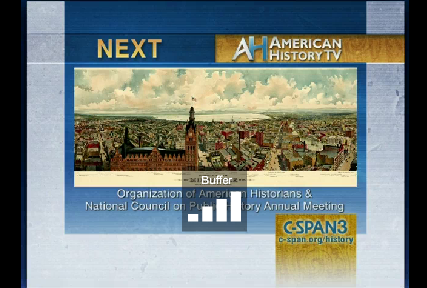The credit market had ground to a halt. Banks suspended their operations. Economic giants around the world tottered on the edge of financial collapse. Global banks appealed to governments for support.
Sound like 2008 and the years following? That actually is a description of the Panic of 1837, which led to a global depression that ushered in a decade of poverty, dispossession, and exploitation that inspired Karl Marx, among others, to advocate social revolution.
Jessica Lepler, assistant professor of history at the University of New Hampshire, recently discussed the similarities and differences between the most recent global financial crisis and the Panic of 1837 on C-SPAN3’s “American History TV.” Lepler was interviewed at a meeting with the Organization of American Historians.
“During times of ‘gloom and doom,’ no one accepts blame for financial sins. Rather, it is in troubled times when financiers admit, as one New York Times reporter noted, ‘the inability of these sophisticated institutions to assign accurate values to their holdings.’ If complete economic knowledge is ever possible, it is only available retrospectively. If we really want to end our market woes, we need to teach Americans economics and teach economists history,” Lepler says.
The program, “Economic Crises in U.S. History,” is available online at http://www.c-spanvideo.org/program/305656-1.
“History provides us with a way of understanding the world, a way of paying attention to the sources of the past and trying to figure out how people in the past framed their own lives. I think that’s really important to think through for ourselves and to see that we actually have power over the way we think through our lives, not just how we live our lives,” she says.
Originally published by:
UNH Media Relations
Written by Lori Wright, UNH Media Relations.

















































